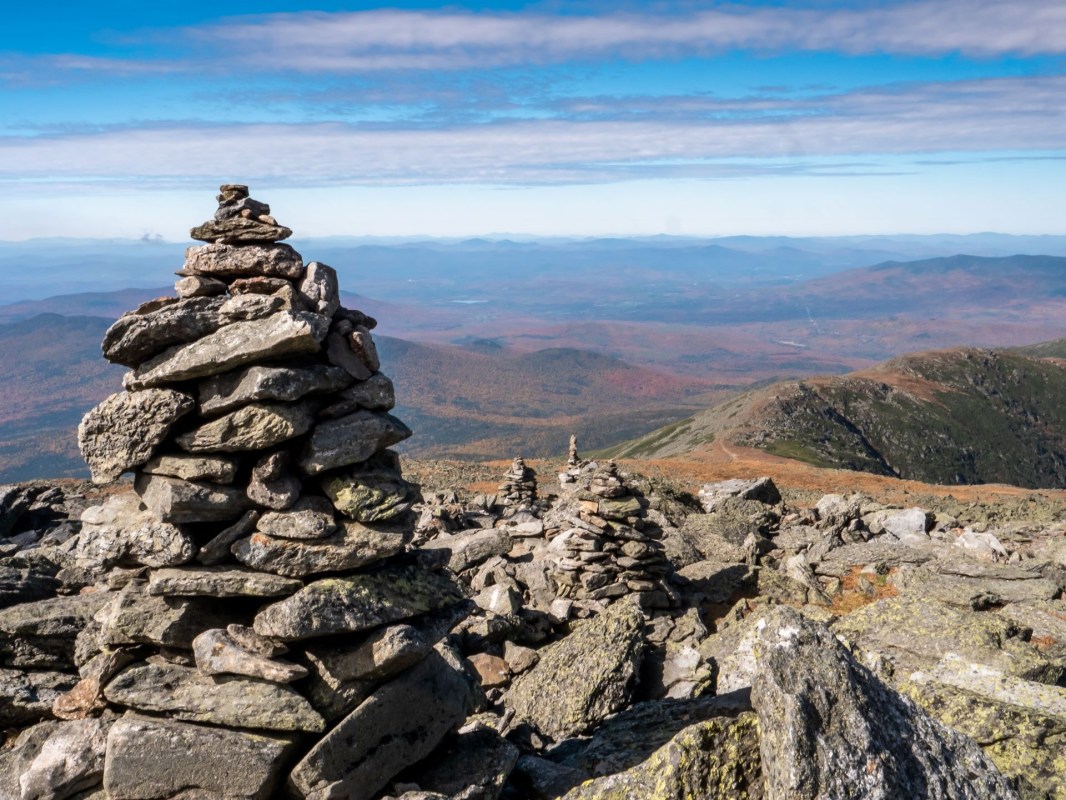Whether you've seen them on Instagram or along the side of a hiking trail, you're probably familiar with rock stacks or cairns.
These piles of rocks, sometimes in mounds or precariously balanced, are often used for trail navigation. But their Instagramability has meant they're popping up everywhere, and that's not great for the environment.
What are rock stacks and cairns?
Rock cairns have been around for centuries. The term originates from a Gaelic word that literally means "heaps of stones." Since their beginning, rock stacks have been used for navigation purposes to lead travelers to safety, food, and villages — or just keep them along their path.
While trails traveled through forests and grasslands are usually visible, navigational rock cairns are especially important in harsh landscapes like deserts and tundras. In the U.S., it's much more common to see rock cairns used on backcountry trails, where the path may be less apparent. It's important to note that these cairns are usually made by rangers, and the way they're stacked is often an important part of letting travelers know they're on the right track.
Historically, rock cairns are also important in many religious ceremonies across the world. Rock cairns used as memorials or as a marker for burial sites date back as far as the Bronze Age but are still used today; this is especially true in places where the soil is difficult to excavate.
Opposed to all this, members of the public also make rock stacks for fun or aesthetic reasons. Rock stacks are often found in streams and rivers or beaches where lots of smaller rocks are available. While they may be fun for some to build, they're often referred to as "rock graffiti" for disturbing the natural landscape.
Why are rock stacks important?
You may be surprised to know that making your own rock stacks can be incredibly harmful to the environment, and it's also illegal in places like National Parks.
Many bugs, reptiles, and small mammals call the underside of rocks and the nooks and crannies between them home, not to mention the plant life that can also be torn from the ground when the rocks are moved.
The disturbance of too many rocks and stones from an area can also lead to erosion that would not have originally occurred. With extreme weather events becoming more common across the world, additional erosion can lead to catastrophes like flash flooding.
An easy alternative
The most important thing to remember when out in nature is the age-old adage: leave no trace. Leave any natural area exactly as you found it, even if you were just thinking about moving around some rocks. It's also important to leave cairns you find along trails as they are — these official markers were put there by rangers to guide other travelers.
Join our free newsletter for cool news and cool tips that make it easy to help yourself while helping the planet.









